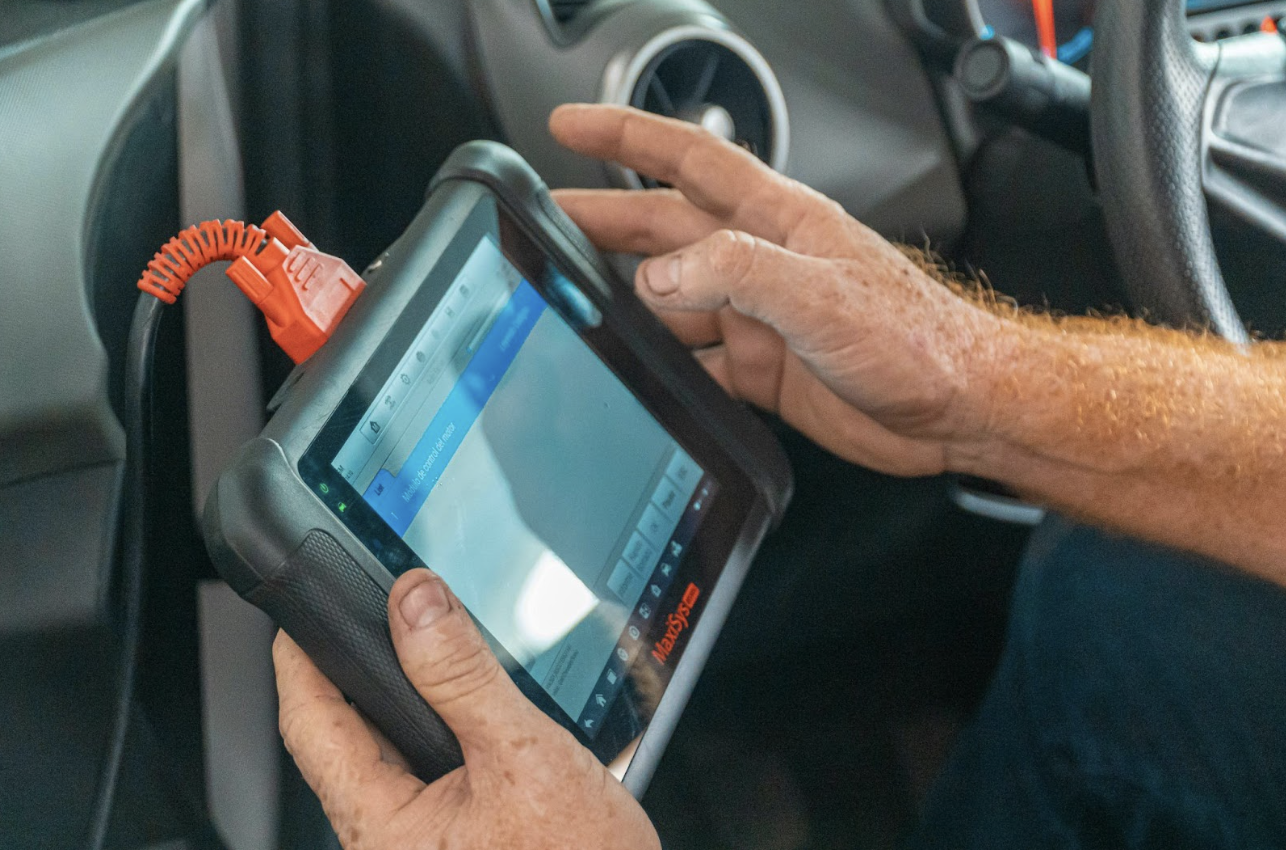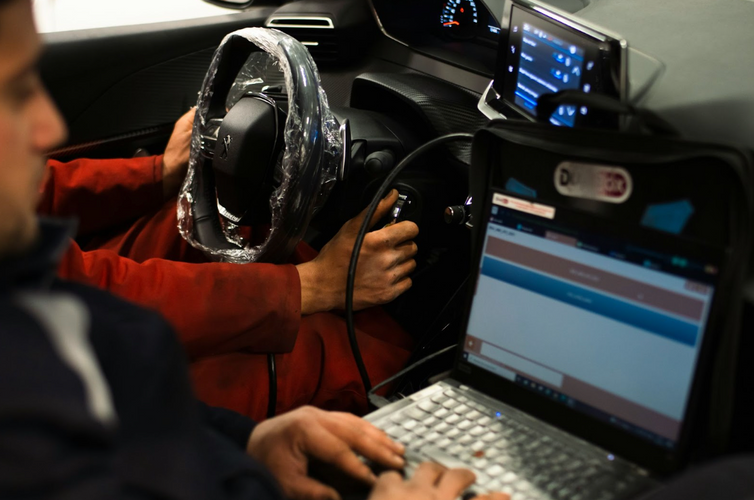Understanding the basics
In the world of automotive diagnostics and programming, there's a fundamental principle every technician needs to follow: Read before you write.
Reading: retrieving diagnostics and data analysis from the vehicle
Writing: programming, coding, or flashing modules
The Reading Process

When you read from a vehicle, you're collecting critical diagnostic information such as:
Live Data Streams
- Real-time sensor values
- System voltages
- Temperature readings
- Operating parameters
Diagnostic Trouble Codes (DTCs)
- Active and stored fault codes
- History codes
- Pending codes
Freeze Frame Data
- System conditions when faults occurred
- Environmental data
- Operating conditions
Module Information
- Software version numbers
- Current configurations
This tells you what’s currently happening and helps you build a mental model of how the vehicle’s systems are working (or not working).
If you don’t understand the baseline behavior and relationships between systems, you could run into these issues:
- Misdiagnose the root problem
- Flash the wrong module unnecessarily
- Wipe out important customer configurations
- Brick a module by interrupting an unnecessary write process
If you can’t “read” and confidently interpret what the car is telling you, you’re not ready to “write” to it.
Example: Reading Before Writing
Imagine a 2021 GM truck with a non-working backup camera after a tailgate swap:
- Read: Scan modules → Find DTC in the Rear View Camera Module for “component not learned.”
- Analyze: Compare the new camera’s part number and configuration against OEM specs.
- Then Write: Once you know the hardware is correct, you can proceed to program or initialize the module confidently.
If you skipped reading and just reflashed the camera module without checking hardware compatibility, you could have wasted time—or worse, introduced new faults.
The Bottom Line
OEM programming is powerful but dangerous in unskilled hands. Learning to read, interpret, and diagnose makes you a better programmer. It also makes your programming attempts safer and dramatically increases your success rate.
In short:
You can’t fix what you don’t understand.

